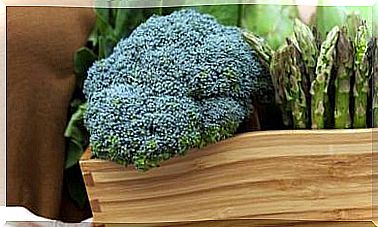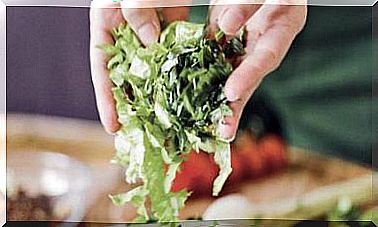6 Recipes Rich In Vegetable Proteins
Some foods such as legumes, cereals and seeds provide large doses of protein. We offer you some ideas to make the most of them

Legumes, cereals and seeds provide abundant plant proteins. Combining them with each other or with other foods favors their assimilation.
1. Pasta with pesto
Sometimes a simple sauce with seeds canincrease the protein value of a pasta dish. Italian pesto sauce is ideal for this purpose, because it includes a generous amount of pine nuts. In this way, combine cereals and seeds in the same dish. Traditional cuisine is full of such combinations. In North Africa or India, they improve the nutritional value of rice by adding nuts to it; and in the Middle East they have tahini, a sesame pate that complements wheat if served with bread.
2. Peanut bars
Another good alliance is the nuts and seeds with legumes, because they are rich in the sulfur amino acids methionine and cysteine.
A tasty way to combine them is in the peanut bars with seeds, which are marketed as a snack and very easy to make at home. A similar classic combination is hummus, made from chickpeas and sesame.
Peanuts, a legume that bears many similarities to nuts, goes very well with sesame or sunflower seeds.
3. Muesli with soy milk
A good way to start your day is by making sure you get a certain amount of protein with breakfast. This is easy to do if you make a cereal muesli with soy milk, such as porridge or oatmeal.
Cereals tend to be deficient in the amino acids isoleucine and lysine. The soy milk, to provide the minimum amount of complete proteins, raising the total uptake of proteins.
4. Corn fajitas with beans
Legumes are often combined with cereals to increase the value of their respective proteins. Legumes are deficient in the amino acids cysteine and methionine, but rich in lysine, while the opposite happens to cereals. In Mexico, they wisely take advantage of this alliance between legumes and cereals in the famous corn and bean fajitas.
But there are other good examples, like couscous with chickpeas or falafels with pita bread.
5. Quinoa
This delicious grain, which for centuries has been one of the food bases of the Andean peoples, is a good source of protein. It has a very complete amino acid profile, so it can also enrich any other vegetable protein, such as when added, in the form of flakes, to a cereal muesli.
Quinoa contains all the amino acids that are deficient in cereals and legumes, and in an ideal proportion to assimilate them.
6. Tempeh
Soy contains all the essential amino acids. All its derivatives, such as tofu, are good sources of vegetable proteins, but these are still better used in fermented versions, such as tempeh. This probiotic food is rich in B vitamins, which help metabolize its proteins.
Other fermented soy products are miso and tamari.









